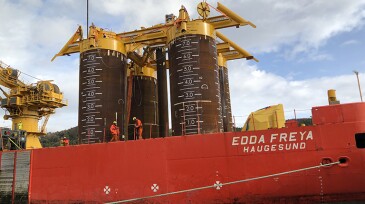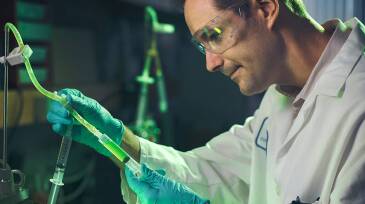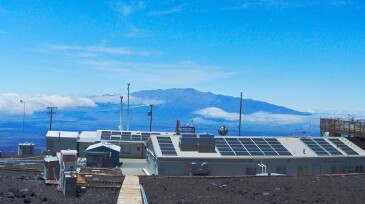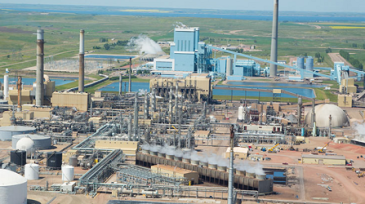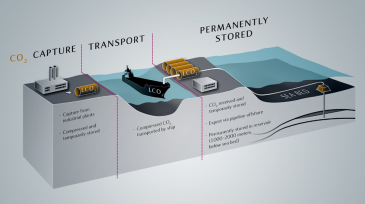CO2
-
SponsoredImprove decision making and reduce the uncertainty of CCS projects with accurate, detailed subsurface insights that help you estimate storage capacity, run play chance mapping, improve your injection strategy, and simulate carbon plumes over time.
-
While the world focuses on carbon dioxide—its problems and its uses—many are looking at how to move it around. Fortunately, a pipeline infrastructure already exists. Unfortunately, the pipelines were made for natural gas and not enough is known about how that infrastructure can handle carbon dioxide.
-
Purchasing carbon offsets is a widespread means of attempting to meet carbon-reduction and net-zero emissions goals across many industries. Also widespread is the increasing scrutiny of the practice. How “real” are the offsets? How are they quantified and verified, and by whom?
-
Finding creative ways to drive down the CAPEX and discounted OPEX and define a realistic pathway and schedule to full-scale commercial operations is discussed.
-
Carbon credits, carbon taxes, and emissions trading systems are familiar terms in discussions about global warming, the Paris Agreement, and net-zero emissions goals. The EU is moving to act on an addition to the glossary of climate policy: carbon tariff.
-
Trying to stay up to date about developments aimed at energy transition efforts in our industry? This roundup of newsmakers is a sampler of some recent announcements.
-
Carbon dioxide levels are now higher than at any time in the past 3.6 million years.
-
The Great Plains Synfuels Plant in North Dakota has now captured 40 million metric tons of carbon dioxide, a milestone in the synthetic natural gas production facilities’ 20-year effort to lower the impacts of energy production.
-
The new tool offers global insights for tracking the progress in the transition to low-carbon energy systems.
-
Winning innovators focused on environment, safety, and operational efficiency.




